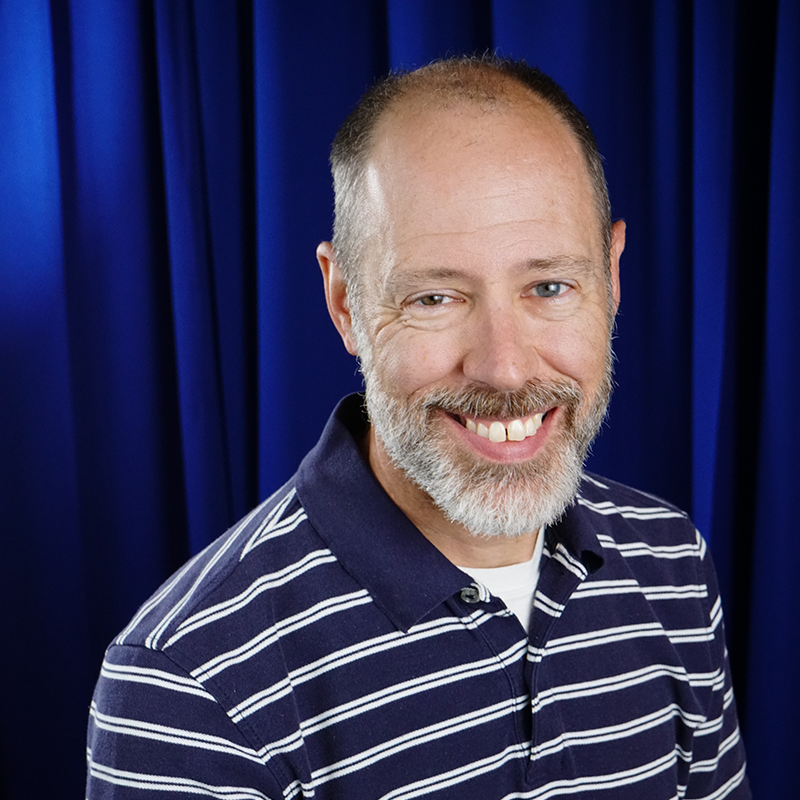
Clifton Ruehl
Professor and Assistant Chair
Biology, Department of
Academic Areas
Welcome to the Ruehl lab at CSU
We study population, community, and evolutionary ecology. Current research focuses on using a food web perspective to understand how predators influence population dynamics, community structure, and ecosystem processes along abiotic gradients commonly altered by human activities. The lab employs observational studies and surveys to design biologically relevant lab and field experiments guided by ecological and evolutionary theory. Our work focuses on freshwater ecosystems.
Teaching
My role as an instructor is to cultivate an atmosphere of student-centered learning. This is accomplished through question-driven lectures, student-led discussions of primary literature, and experiential learning in the lab and field. My classes focus on the mastery of critical thinking skills that empower students to assimilate information from multiple sources to make meaningful and well-informed conclusions. Experiential learning techniques model the practice of scientific discovery and reinforce critical thinking skills. Therefore, in labs students develop and test hypotheses with experiments or quantitative field sampling and then analyze the data they collected and report their results by writing a scientific paper. Teaching is an iterative process that involves learning, on the part of the instructor, how to communicate complex terms, concepts, and theories to students. I strive to improve the quality of my teaching by identifying aspects of lectures and activities that need improvement, observing mentors teach, engaging them in discussions on pedagogy, and receiving teaching evaluations from them.
Courses I regularly teach:
- Ecology BIOL 3217
- Aquatic Biology BIOL 5535
- Capstone Senior Seminar BIOL 4795
- Global Climate Change ITDS 2748
Research Interests
My research interests lie at the intersection of evolutionary, population, and community ecology. In particular, I consider the evolution of phenotypic plasticity and the ecological consequences of predator-induced plasticity on prey populations and the communities where they live. To test these processes, I employ lab and field experiments, performance trials, time-series analysis, and field collections. For example, a recent study (PDF) used the data from a factorial experiment to parameterize a structural equation model that quantified the relative strength of consumptive, non-consumptive, and nutrient effects on a population of freshwater snails by quantifying the plastic response of a suite of snail traits related to fitness.
Prospective Students
I am always interested in having dedicated, hardworking, and persistent students in the lab. Columbus State requires BS students to conduct senior research or internship through a three course sequence consisting of writing a proposal, conducting research, and communicating through an oral presentation to the biology community and a final paper to their mentors. Most of the students in my lab are conducting senior research on topics related to population and community ecology in freshwater ecosystems. For example, Haley Lane is studying the effects of center-pivot irrigation on freshwater mussels in coastal plain streams and Jimmy Williams is studying predator-prey interactions in pond communities.
The biology department at Columbus State University is starting a master's program. Currently, funding is only available through teaching assistantships. Interested students should contact me or the department chair, Monica Frazier.
